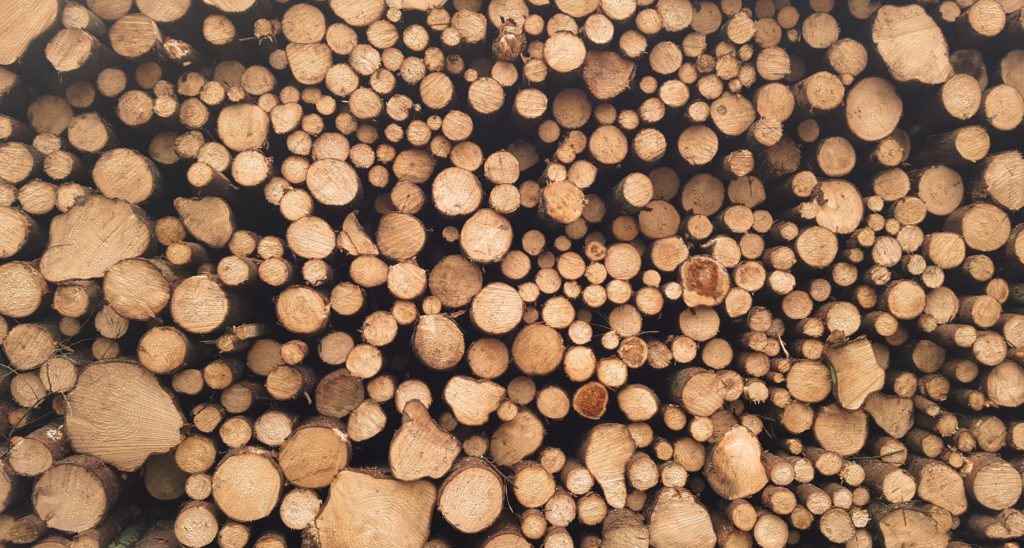When embarking on a building project, site hoardings have a variety of practical purposes, from keeping the public safe to preventing potential bad actors from gaining access to the construction site. The Construction (Design and Management) Regulations 2015 also stipulate the use of boundaries in building projects (the size and extent of which naturally depends on the project in question), making hoardings a legal requirement.
Find out more about hoarding regulations in our guide here.
Hoardings aren’t just a solution to various safety, regulatory and site security considerations, however. They also represent a blank canvas – a space with exciting opportunities for creative advertising, community engagement, public art or informational design. Hoarding graphics are an ideal way for construction companies and other stakeholders to communicate to the local community and passersby, and they can take a surprising variety of forms and functions.
In this guide, we’ll explore the different types of hoardings and hoardings graphics, and explore the innovative and inspiring ways in which to make the most of this adaptable medium.
Different Types of Hoardings
Hoardings are required to obscure construction sites, both for aesthetic reasons and in order to deter opportunistic theft (which is both costly to the construction company and dangerous to anyone entering the site). They must also be difficult to scale, sturdy enough to resist attempts to enter and stay standing in strong winds.
The choice of hoardings used on any particular project is often determined by the specific demands of that project, and the materials most often used to create them are:
Concrete:
The advantage of concrete hoardings, aside from the obvious resilience of the materials, is that interlocking systems can be used for easy installation and dismantling, saving time and money.
Timber:
Wooden hoardings are often considered the greener option, as timber can be sustainably sourced and stored for future reuse. It is also a strong and secure material that can be fixed into place through reliable methods, such as being post-mounted or set into concrete.
Steel:
Steel hoardings are often designed and manufactured with long-term outdoor use in mind, and are therefore favoured in projects where construction will be underway for an extended period of time. They are also reusable, customisable and easy to install.
Types of Hoarding Graphics
The graphics displayed on construction site hoardings can be used for multiple purposes, which tend to fall into three main categories:
Advertorial:
Hoardings at building sites give people the opportunity to advertise across an unusually extensive expanse of public-facing space. While many hoardings are unfortunately left blank, contractors can seize the opportunity to advertise the project or their own business.
It is also possible for contractors to lease the space to third parties, and allow local and national businesses to advertise there. It is important to note, however, that local authorities will usually place a number of stipulations on content and design to ensure they are in accord with the immediate surroundings.
Informational:
Providing information on hoarding graphics can serve both advertorial aims and community engagement (which we expand on below), or it can purely be used for its own sake. Contractors may include artists’ impressions of what the project will look like once finished, let people know the timeline for construction or explain the rationale behind the project and the good it will do for the local area (which can be especially useful in cases where there has been public dispute over the development).
Community Engagement:
Using hoarding graphics for community engagement can be particularly appealing for stakeholders, improving their standing in the community and serving the needs of corporate social responsibility.
Some contractors have chosen to maintain a sense of continuity by installing hoarding graphics that blend into their surroundings, have aimed to inform and entertain people by exploring the history of the area, or have invited local people to help decide the best design to install. As a blank canvas, hoarding graphics also lend themselves perfectly to public art, and commissioning artists can be an impactful way to utilise the space.
Design Choices
We tend to think of hoarding graphics as a flat medium – essentially, large scale images pasted across a board. But while this in itself can be used to create inspired design choices and memorable visuals, there are in fact a wide range of sizes, styles and materials to play with, and vast scope to create something both memorable and captivating.
The way that hoarding graphics are created is by printing onto a vinyl substrate (which can fit specifications such as being matte, gloss or anti-graffiti) which is then attached to panels for final installation on the hoardings themselves. However, advances in machinery mean that specialists such as PressOn can print directly onto the panels, and the progress in terms of what’s possible in printing and installation doesn’t end there.
With creative thinking and the innovative use of the machinery, equipment and materials at our disposal, construction hoarding graphics can become truly exceptional, and cause something of a stir in their own right.
As explored in this inspiring selection of case studies, it is possible to really push the boundaries in the hoarding graphics, and create a lasting impression that defies the temporary nature of the medium. The use of lighting, 3D elements, impactful double-height imagery and countless other elements can all be manipulated to produce something unique. It is even possible to create clever 3D designs which change an image according to the angle you are viewing it from.
If you would like to find out more about the exciting design possibilities available in hoarding graphics, please don’t hesitate to get in touch.





